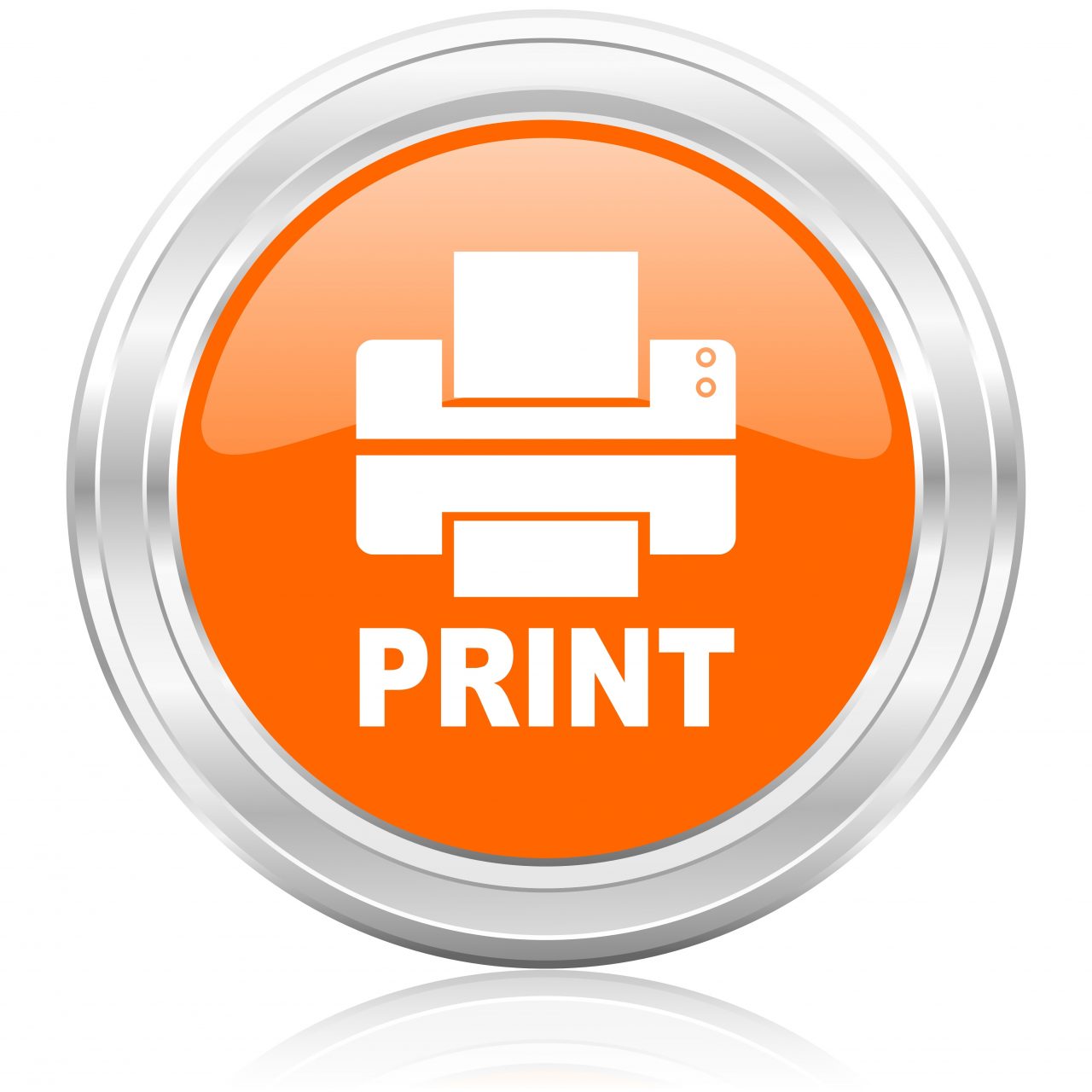Choosing the Right Printer
When shopping for a printer, there are lots of different types and models to choose from. Before you make a decision about what kind of printer you need, you'll have to do some serious thinking about where you'll use it and what you'll use it for.
When shopping for a printer, there are lots of different types and models to choose from. Before you make a decision about what kind of printer you need, you'll have to do some serious thinking about where you'll use it and what you'll use it for. Are you buying a printer for the office, or to print photos at home? Is quality of output more important to you than speed? Do you print a lot of color documents? How hard will you work your printer? Before reviewing specific printer models, you should take some time and find out more about the three main types of printers.

Inkjet Printer
The inkjet printer works by spraying ionized ink dots onto a sheet of paper. Magnetized plates in the ink's path direct the ink onto the paper in the desired shapes. Inkjet printers are capable of producing high quality print approaching that produced by laser printers. A typical inkjet printer provides a resolution of 600 dots per inch, although some newer models offer higher resolutions.
Inkjets are usually for homeowners, students, small business owners or those who do light printing. They are perfect for those who want to print their own photos at any size and don't care about text quality when it comes to printing off driving directions or T-ball schedules. In general, the price of inkjet printers is lower than that of laser printers. However, they are also considerably slower. Another drawback of inkjet printers is that they require a special type of ink that tends to smudge on inexpensive copier paper, and replacement of ink can be very costly.

Laser Printer
Laser printers utilize a laser beam to produce an image on a drum. The light of the laser alters the electrical charge on the drum wherever it hits. The drum is then rolled through a reservoir of toner, which is picked up by the charged portions of the drum. Finally, the toner is transferred to the paper through a combination of heat and pressure. This is also the way copy machines work.
If you're after a printer that can support a small team at the office, or if you are self-employed and print a lot of text pages, a laser printer is probably your best choice. They can print in black and white or color, although color models are usually pricier. Most are much faster at churning out documents than inkjet printers, have higher duty cycles (the number of pages they print in a given time), and are known for excellent text-printing abilities. Since laser printers are made for fast printing, they will often have larger paper trays. Instead of ink, laser printers use toner to print, and toner cartridges, while more expensive, generally lasts longer. Depending on how much printing you do, you might recover the extra cost of a laser printer. In recent years, laser printers have gotten smaller and more cost efficient for the ordinary consumer.

Multifunction Printer
Multifunctionor All-in-Oneprinters combine a printer, scanner, copy machine and fax machine. These devices are great for saving space and money, if you use all of their capabilities. They also save time in that you can copy an image from the scanner directly to the printer rather than using the computer in between. Both inkjet and laser printers can come with multifunction capability, so think carefully about the options listed above to consider which is best for your needs.
Most office-oriented printers contain an automatic feeder to scan multiple pages at a time. For home use, inkjet printers are built in for high quality photos. The scanner enables you to scan negatives and slides, so you can bypass the computer and print directly. Most multifunction printers are reasonably priced, especially considering the combined functionality you're getting in a single unit. But like most purchases, the more features you need, the higher the price will be. Essentially, multifunction printers are perfect for the user who does a little bit of everything: printing, scanning, copying and/or faxing.
Hopefully you have a better understanding of the different types of printers, and can think more clearly about what you will need when you look at specific models. If you have questions about what type of printer might be right for your needs, let us know by leaving a comment below.

 Member Connect
Member Connect